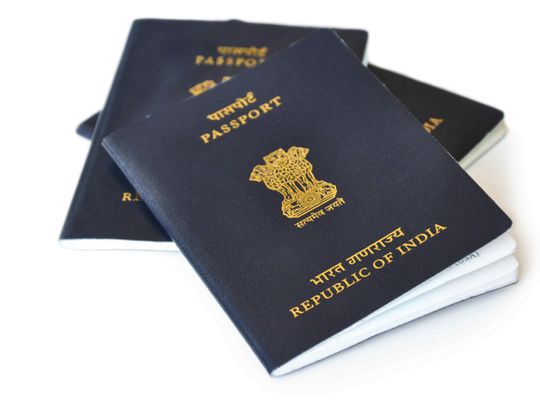LIC of India is in the queue to get listed on domestic stock exchanges. A Rs 90,000 crore ($12 billion) IPO is on the cards for March 2022
NRIs, PIOs have been wanting to start investing in India by participating in IPOs. However, India’s rules do not permit foreign investors. The mammoth IPO that is coming in March 2022 is that of Life Insurance Corporation and the government is keen to see foreign investors participating in that IPO. LIC of India is in the queue to get listed on domestic stock exchanges. A Rs 90,000 crore ($12 billion) IPO is on the cards for March 2022.
NRIs and PIOs, here is a bit of good news. As late as January 6, the government said that it was close to finalizing a revised policy for foreign direct investment (FDI). The government wants LIC along with the sale of another state-run giant, Bharat Petroleum (BPCL), to meet its disinvestment (asset-reduction) target of Rs 1.75 lakh crore rupees ($23.5 billion). The IPO has been facing a number of hurdles like its valuation, feasibility, and legal issues – hence, the delay.
The government has realized that the FDI policy needs to be revised if it wants NRIs to invest in LIC. The current policy does not apply to LIC, because the insurance company is administered through the LIC Act. That law, however, does not permit foreign investments, so the changes are needed in the FDI policy. First, however, a decision has to be taken about the percentage of LIC shares that can be made available to foreign investors, before the changes are sent India’s cabinet.
The LIC IPO and the privatization of BPCL are expected to supply more than a third of its disinvestment revenue. While the sale of BPCL—approved in November 2019—and IDBI Bank are unlikely to happen before the financial year ends, the LIC IPO is expected to dilute 10% of the government’s stake in the company
In March 2021, the Lok Sabha increased the FDI limit in the broader insurance sector from 49% to 74%. In September, Reuters reported that the Indian government was considering allowing foreign investors to buy up to 20% of LIC.
There is another concern: the valuation of LIC. It is a difficult process not only because of its size but also due to its product mix, real estate assets, subsidiaries and profitability sharing structure. The size of the share sale will, of course, depend on the valuation.
Reports indicate that the government will not be able to meet its disinvestment target for 2021-22 although Finance Minister Nirmala Sitharaman had said in her Union Budget speech in 2021 that the government would complete the disinvestment of Shipping Corporation of India, Air India, Neelachal Ispat Nigam, Container Corporation of India, IDBI Bank, BEML, and Pawan Hans, among others, in the current fiscal year. She had also said that two state-owned banks and one insurance company would be privatised.
It is only three months before the financial year closes and the government is short of around Rs 60,000 crores. The LIC IPO and the privatization of BPCL are expected to supply more than a third of its disinvestment revenue. While the sale of BPCL—approved in November 2019—and IDBI Bank are unlikely to happen before the financial year ends, the LIC IPO is expected to dilute 10% of the government’s stake in the company.
************************************************************************
Readers











